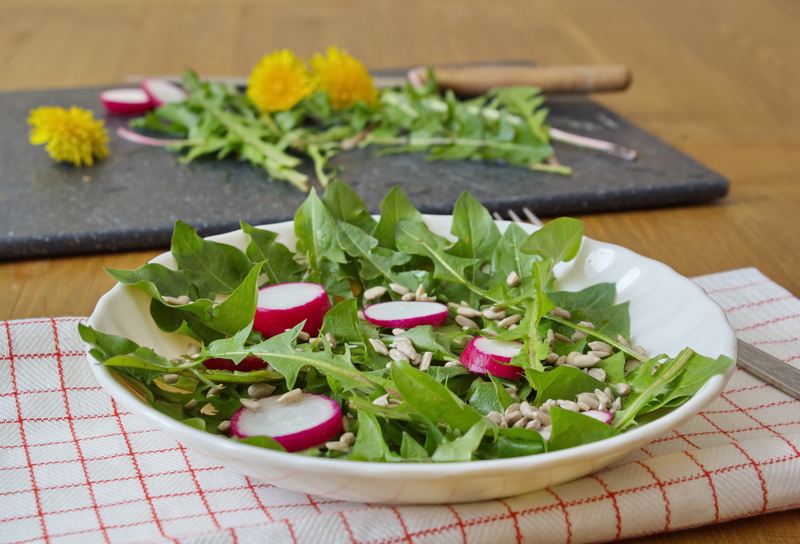Simple tips for a green thumb
Posted on 25/04/2024
How to cultivate a thriving garden
Gardening has become increasingly popular in recent years due to the desire for fresh and organic produce, as well as the growing awareness of environmental sustainability. However, not everyone has a natural green thumb and may struggle with keeping their plants alive and flourishing. If you're one of these people, don't worry! Cultivating a successful garden doesn't have to be complicated or overwhelming. With these simple tips, you can develop a green thumb and enjoy a bountiful harvest.
Tip #1: Start with the right soil
The key to any successful garden is having healthy soil. Before planting, it's important to test your soil's pH level and nutrients level. This will help you determine what type of soil amendments, such as compost or fertilizers, are needed to provide the best environment for your plants. It's also important to regularly add organic matter to your soil to keep it fertile and well-drained.
Tip #2: Choose the right plants for your region
When selecting plants for your garden, it's crucial to choose ones that are suitable for your climate and growing conditions. Research which plants thrive in your region and choose varieties that are well-adapted to the amount of sunlight and water available in your area. This will ensure that your plants have the best chance of survival.
Tip #3: Water wisely
Proper watering is essential for healthy plants. It's important to water deeply but infrequently rather than shallowly on a daily basis. This encourages deeper root growth and helps plants become more drought-resistant. In addition, using mulch around your plants can help retain moisture in the soil and reduce the need for frequent watering.
Tip #4: Keep pests at bay
Pests such as insects, rodents, and even larger animals like deer can wreak havoc on your garden if left unchecked. To prevent this, use natural pest control methods such as companion planting, which involves planting certain plants together to repel pests. You can also use barriers, such as netting or fencing, to protect your plants from animals.
Tip #5: Practice proper pruning
Pruning is an important aspect of gardening that often gets overlooked. It involves removing dead or diseased branches and shaping the plant for optimal growth. Not only does this improve the appearance of the plant, but it also allows for better air circulation and sunlight penetration, which are essential for healthy growth.

Takeaways:
- Start with healthy soil and regularly add organic matter.
- Choose plants adapted to your region's climate and growing conditions.
- Water deeply but infrequently and use mulch to retain moisture.
- Use natural pest control methods and practice proper pruning for better plant health.

Pros of having a green thumb:
- Enjoy fresh and organic produce.
- Help the environment by reducing carbon footprint.
- Relieve stress and improve mental well-being through gardening.
- Save money on groceries by growing your own food.
Cons of not having a green thumb:
- May waste time, effort, and money on unsuccessful gardening attempts.
- Miss out on the benefits of fresh and organic produce.
- May feel discouraged or frustrated with gardening failures.
In conclusion, developing a green thumb doesn't have to be difficult. By following these simple tips, you can create a thriving garden that will reward you with delicious fruits and vegetables. Remember to start with healthy soil, choose appropriate plants, water wisely, keep pests at bay, and practice proper pruning. With patience and persistence, you'll soon become a master gardener!




